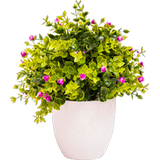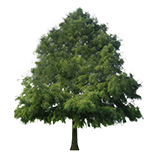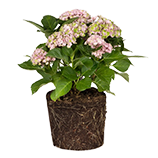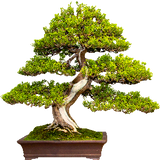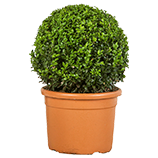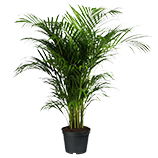
Description
Dogwood 'Milky Way' Tree
'Milky Way' is a remarkable Chinese Dogwood variety prized for its dense display of creamy-white flowers that resemble a galaxy of stars, blooming in late spring to early summer. Unlike native Dogwoods, this cultivar blooms after leaf-out, creating a striking contrast against the deep green foliage.
In late summer, eye-catching red berries attract birds, while the leaves turn vivid shades of crimson and purple in the fall. Its upright, spreading habit and resistance to common Dogwood diseases make it a top choice for both urban and rural landscapes.
- � Heavy bloom of star-shaped white flowers
- � Brilliant red and burgundy fall foliage
- � Produces red fruit that birds adore
- � Resistant to anthracnose and powdery mildew
- � Perfect for specimen planting or woodland edges
Note: Prefers rich, well-drained soil and benefits from mulch around the base. Avoid full sun in extremely hot regions.
Growing Zones: 5–8 outdoors

| Mature Height: | 15–25 ft. |
| Sunlight: | Full Sun to Partial Shade |
| Mature Width: | 15–20 ft. |
| Botanical Name: | Cornus kousa 'Milky Way' |
| Growth Rate: | Moderate |
| Bloom Time: | Late Spring to Early Summer |
| Type: | Flowering Tree |
FAQ's
BUY FLOWERS, PLANTS AND TREES ONLINE ➔
Pixies Gardens is the best online plant nursery for all your gardening desires. When you buy fruit plants or buy shrubs from our online tree nursery, we make sure that each of our trees is producing fruit.
Our aim is to provide high-quality trees and plants for people who want to buy trees. With top-notch customer service at our online plant nursery here in ,Georgia, we want to create gardens where nature converses with the soul...
Our plant nursery online offers an extensive collection of flowering plants, lush trees, and vibrant shrubs.
Even if you want to buy artificial plants, we've got that too! So, decorate living rooms with indoor planters or buy evergreen trees, grow fruit trees, and set up outdoor planters with Pixies Gardens today!
Shop by Categories
View All Products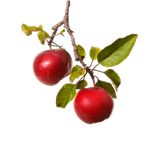
Fruit Plants/Apple Trees

Flowering/Fragrant Plants
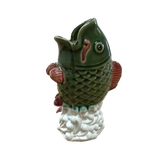
Ceramic Pot













